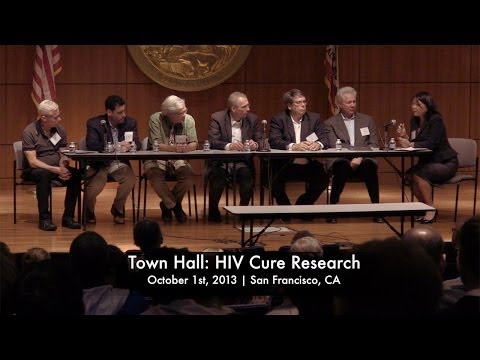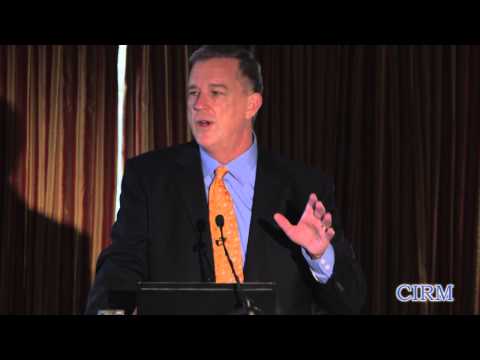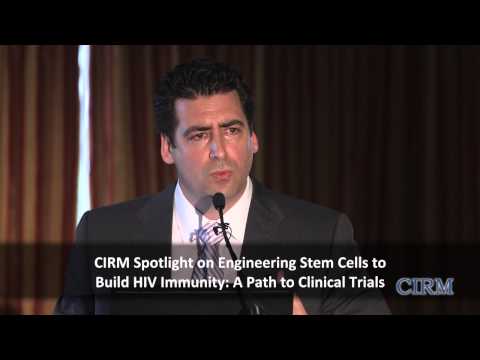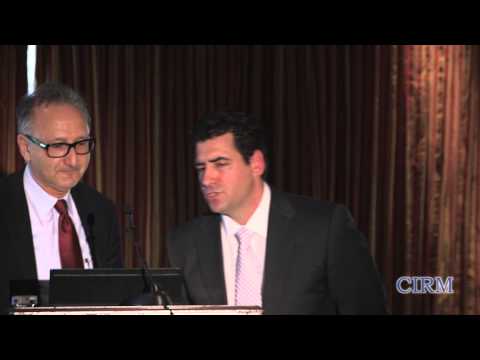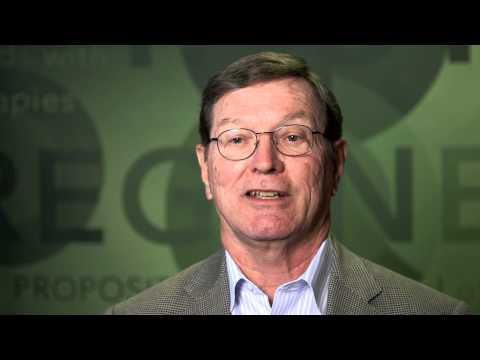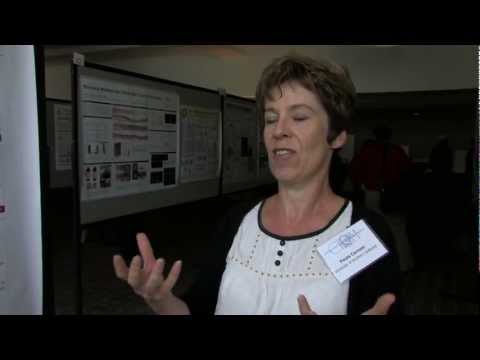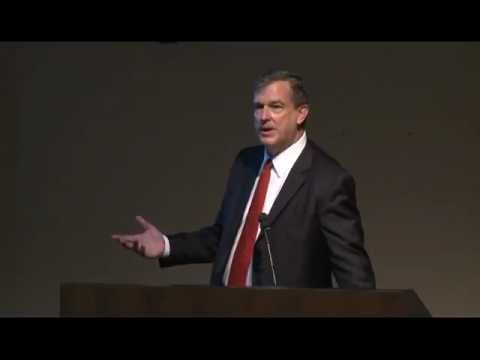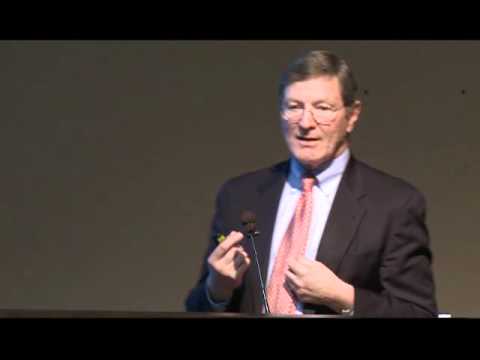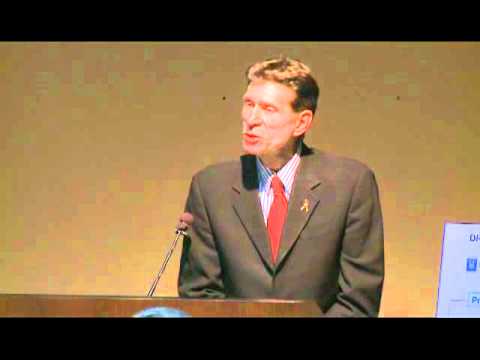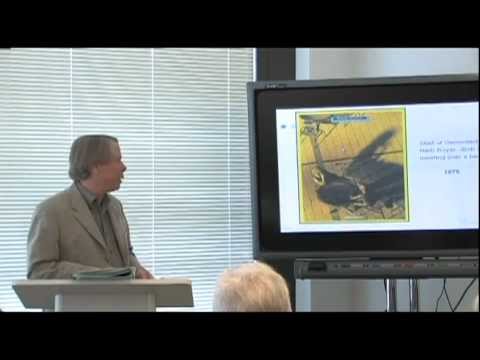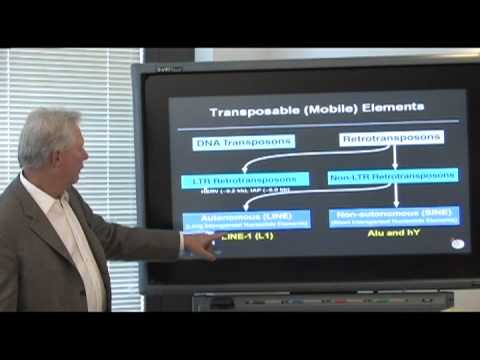HIV/AIDS Fact Sheet
CIRM funds many projects seeking to better understand HIV/AIDS and to translate those discoveries into new therapies.
Description
HIV, or the human immunodeficiency virus, is a virus that infects cells of the immune system, undermining the body’s ability to fight infection and disease. Eventually infection can lead to symptoms of AIDS (Acquired Immune Deficiency Syndrome), which includes susceptibility to infections, cancers and other diseases, and eventually causes death. According to the CDC, more than 1.1 million people in the U.S. are infected with HIV at this moment.
Stem cell approaches to treating people with HIV primarily involve replacing the person’s immune system with one that the virus can’t infect. Hope that this approach could work were boosted in late 2010 when scientists reported that Timothy Ray Brown, also known as the “Berlin Patient”, had effectively had his HIV “cured”. As part of a treatment for leukemia, Brown had received a bone marrow transplant that came from a donor whose cells were resistant to HIV infection.
The person who donated the bone marrow had a genetic mutation in a gene called CCR5, which makes a protein that is required for HIV to enter cells. Without CCR5, HIV wasn’t able to infect these replacement immune cells and Brown has been able to go off his medications.
The problem is that there aren’t enough people with naturally occurring CCR5 mutations to serve as bone marrow donors for all HIV patients. Instead, scientists are hoping to create CCR5 mutations. They first plan to remove the blood-forming stem cells in a person’s bone marrow and mutate the CCR5 gene. The idea is that those genetically altered cells would then repopulate the person’s blood system with one that lacks CCR5 and that HIV won’t be able to infect.
Clinical Stage Programs
City of Hope
The City of Hope team plans to mutate the CCR5 gene using a technology called a zinc finger nuclease, which is essentially a pair of molecular scissors developed by Sangamo Biosciences that snips an exact spot on the CCR5 gene. Early evidence in animals suggests that when those cells are reintroduced, they create an immune system that HIV can’t infect. The team has begun a clinical trial with the procedure.
Calimmune
The Calimmune team is using a method called RNA interference to block the CCR5 gene from generating a protein. A blood system generated from these cells will lack CCR5 and block HIV infection. The team has completed a Phase 1 clinical trial with the procedure.
University of California, Davis
The team at is taking a patient’s blood forming stem cells and inserting 3 anti-HIV genes into them and then returning them to the individual. The anti-HIV genes are then passed on to all new immune system cells and make them resistant to HIV. Because AIDS-related lymphoma is linked to the constant immune cell stimulation caused by HIV infection, getting rid of the virus should prevent return of the cancer.
University of California, San Francisco
The team will take a patient’s blood and extract T cells, a type of immune cell. The T cells are then genetically modified to express two different chimeric antigen receptors (CAR), which enable the newly created duoCAR-T cells to recognize and destroy HIV infected cells. The modified T cells are then reintroduced back into the patient. The goal of this one-time therapy is to act as a long-term control of HIV with patients no longer needing to take ART, in effect a form of HIV cure.
Jeff Sheehy, HIV/AIDS patient advocate member of the CIRM Governing Board, and John Zaia, leader of the City of Hope CIRM HIV Disease Team, discuss stem cell transplant strategies for the treatment of HIV/AIDS.
CIRM Grants Targeting HIV/AIDS
CIRM HIV/AIDS Videos
Resources
- CIRM Blogs on HIV/AIDS Research
- CDC: Information about HIV/AIDS
- NIH: AIDS Information
- AIDS Policy Project
- The Body
- Project Inform
- HIVinSite
- Find a clinical trial near you: NIH Clinical Trials database
- The Foundation for AIDS Research
- San Francisco AIDS Foundation
- National AIDS Fund
- AIDS Research Institute, UCSF
- Family Caregiver Alliance
- National Family Caregivers Association
Find Out More:
Stem Cell FAQ | Stem Cell Videos | What We Fund


